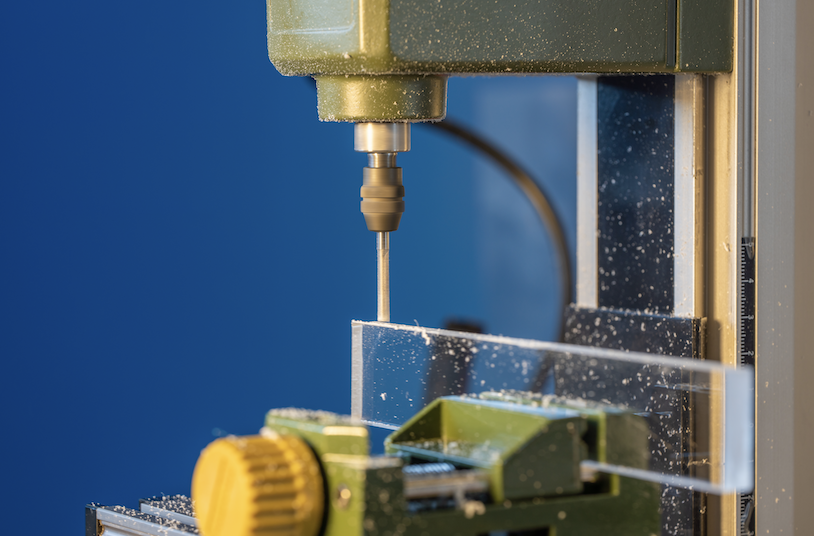Understanding Plastic Fabrication: How It Works
Understanding Plastic Fabrication: How It Works
Blog Article

Plastic fabrication is the process of shaping plastic products using various techniques. This industry plays a crucial role in various sectors, including automotive and packaging. Plastic Fabrication In this article, we will explore the fundamentals of plastic fabrication, covering its methods, applications, and benefits.
Common Plastic Fabrication Techniques
There are several popular methods for fabricating plastic, each optimized for specific end products. These include:
- Thermoforming: Warming plastic sheets to form desired shapes.
- Injection Molding: Forcing molten plastic into a mold to create detailed parts.
- Blow Molding: A process used for lightweight plastic products, such as bottles.
- Extrusion: Shaping plastic by pressing it through a mold.
- CNC Machining: Shaping plastic with computer-controlled machines.
Where is Plastic Fabrication Used?
Plastic fabrication is used in a variety of industries, including:
- Medical: Development of surgical tools.
- Automotive: Producing lightweight, durable vehicle parts.
- Electronics: Producing casings, circuit boards, and insulation materials.
- Packaging: Making protective covers for consumer goods.
- Construction: Fabricating PVC pipes, insulation panels, and structural components.
The Benefits of Plastic Fabrication
There are several notable benefits to plastic fabrication, including:
- Cost-Effectiveness: Minimized material and production costs.
- Durability: Resistant to corrosion.
- Flexibility: Easily molded into unique shapes and sizes.
- Lightweight: Great for transportation applications.
- Recyclability: Eco-conscious material options.
Conclusion
Plastic fabrication is a widely used process that enables innovation across a multitude of industries. With developments in technology, the scope of plastic fabrication is expanding. Whether in automotive, the role of plastic fabrication remains crucial.
Report this page